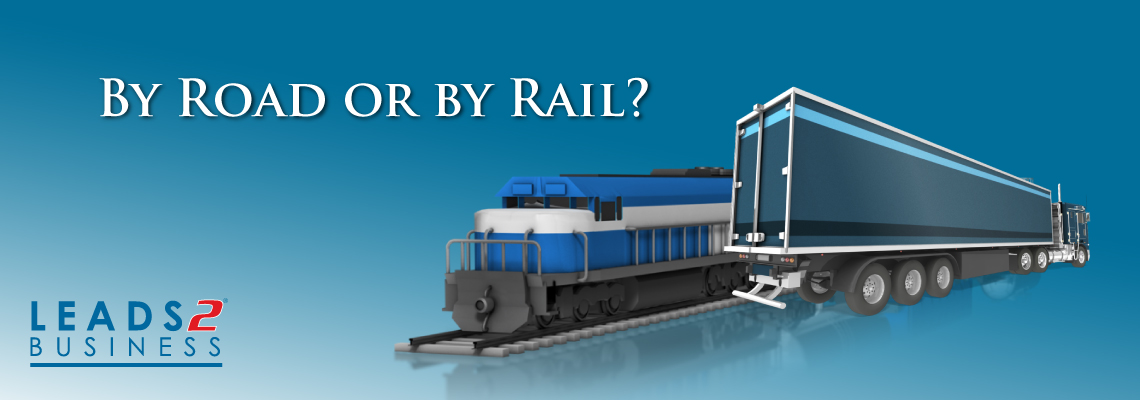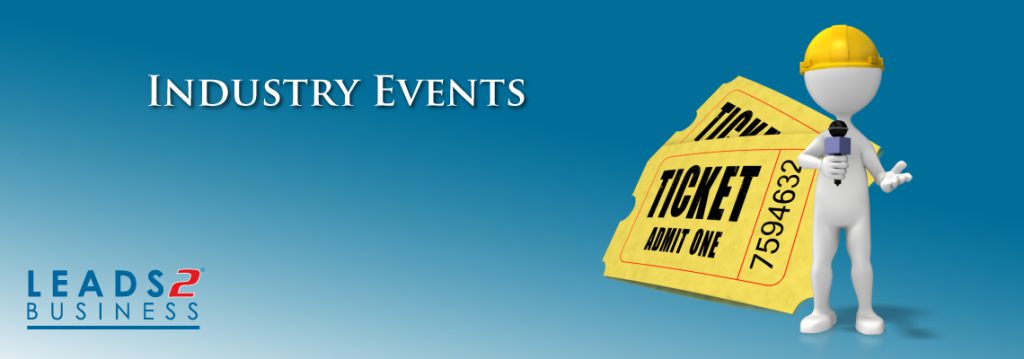By Road or by Rail

According to Wikipedia : “Transnet Freight Rail is a South African rail transport company, formerly known as Spoornet. It was part of the South African Railways and Harbours Administration, a state-controlled organisation that employed hundreds of thousands of people for decades from the first half of the 20th century.”
Transnet Freight Rail is a freight logistics and passenger transport railway. It is the largest freight hauler in Africa.
The company comprises several businesses:
GFB Commercial (General Freight Business) – Transnet’s largest division; handles over 50% of its freight;
Coal Line, serving coal exporters on the Mpumalanga – Richards Bay line; second largest coal railway in the world, delivering 62 million tonnes of coal (also known as “Black Gold”) in the year ending 31 March 2010;
Ore Export Line – dedicated to iron ore transport on the Sishen to Saldanha line;
Luxrail – The operation of the Blue Train, which is designed as a five-star hotel on wheels.
After doing some in-depth research on this subject (thanks Google!) as why transporting of goods is currently preferred by road over rail. I managed to source the following information :
Offering greater flexibility, speed and adaptability than the alternative of rail, transporting goods between cities by road has long been the chosen mode for most industries. However, the impact of heavy vehicles on the roads is considerable and the cost of maintenance and upgrades is increasing as traffic demands grow. Whilst work on the national road network may be keeping up with the demand, not so on the provincial roads.
The benefits of shifting freight from road to rail would have other transport-related spin-offs such as reduced road congestion and accidents, and less maintenance on road surfaces. Costs, particularly for movers of bulk commodities, would also drop. Rail transport also is regarded as three to four times more efficient than road.
But whether South Africa’s rail system will cope with increased freight demand is questionable. If there was a reliable, safe, efficient, and cost-effective rail service that could meet the need of customers then goods would definitely travel by rail. But there isn’t, so that is why 80% of goods are currently transported by road for the efficiency, cost, reliability, tracking and door-to-door service.
Improving the country’s 20 247 km rail network is now a top government priority and rail volumes are expected to grow to about 350 million tonnes by 2020.
According to Transnet’s website: “ Expanding the country’s infrastructure by successfully implementing the Market Demand Strategy (MDS) will see Transnet’s revenue almost triple from R46 billion to R128 billion over the next seven years.” Transnet’s MDS is a fine-tuned strategy to expand and modernise the country’s ports, rail and pipeline infrastructure with a view to achieve a significant increase in freight volumes, particularly in commodities such as Iron Ore, Coal and Manganese over a period of seven years to promote economic growth in South Africa.
Through investment, Transnet Freight Rail will be able to optimise it’s capital portfolio, build a world-class capital execution function and leverage capital procurement and localisation. In accordance with the strategy, the company has committed itself to railing more than 350.3 million tons of cargo a year by 2018 / 2019, the financial year when the MDS will reach its maturity.
Bearing that in mind, If we do a comparison of Fleet Management tenders on our database, compared with Transnet tenders :
Currently on our database we have 11 live tenders for Fleet Management versus 40 live tenders for Transnet.
Rail vs Road…what would your choice be?
References:
http://mg.co.za/article/2015-07-17-investment-still-needed-in-transport-infrastructure
http://www.bdlive.co.za/business/transport/2015/01/27/road-is-still-king-of-freight
http://www.transnetfreightrail-tfr.net/MDS/Pages/Strategy.aspx
https://en.wikipedia.org/wiki/Transnet_Freight_Rail
If you are interested in becoming one of our subscribers, please visit our website.
To view notes with screenshots on how to use our website, please visit our Wiki site.
To view more articles, please visit our blog.
Leads 2 Business Advertising Co-ordinator and Digital Designer




